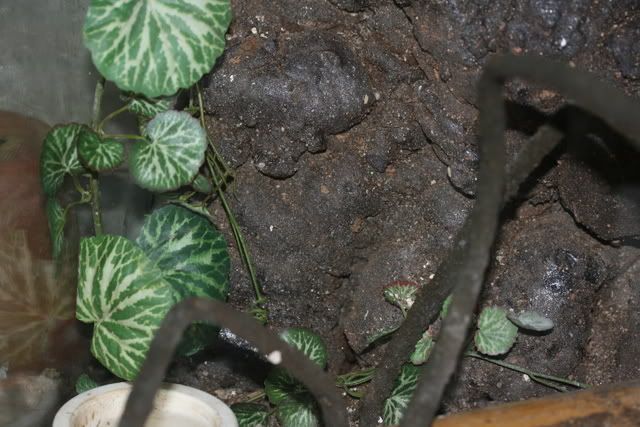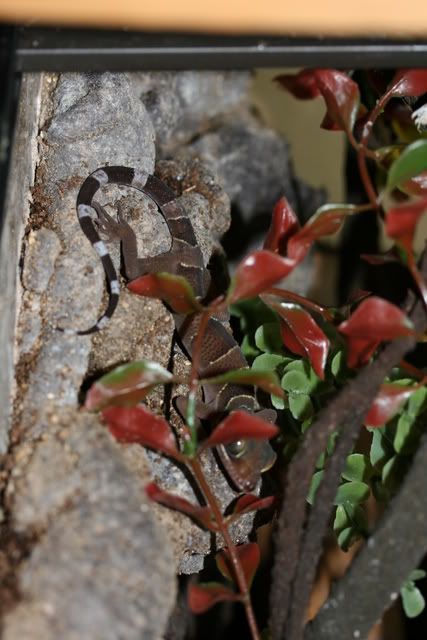Bowfinger
New member
Anyone want to share their enclosures? I have revamped my rack system yesterday to make room for extra lighting, heat, misters, added inline power with alternating dimmers (thanks to left over electrical from a job) and basically want to better simulate habitat for breeding. I have had good luck in the past, but have lost my touch due to my temps being to consistent. So I need to add temperature fluctualtion without overheating. I will work on pictures myself.















